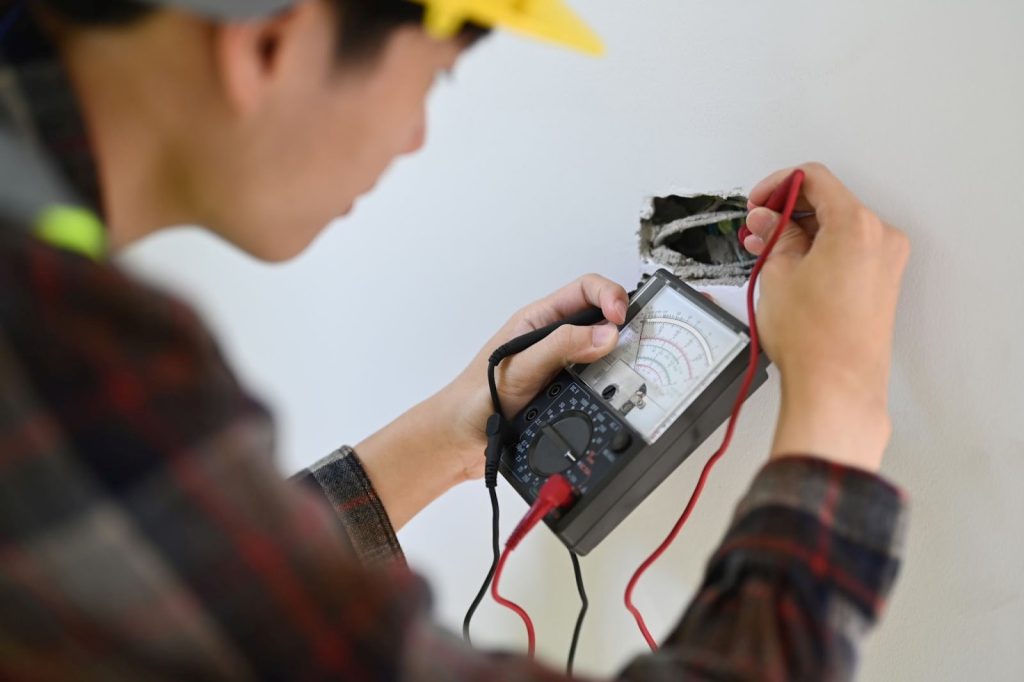An outbreak of Legionnaires disease can be extremely dangerous, which is why it is essential to do everything that you can to ensure you have contaminant-free water. There are several remedial actions you can take to get rid of, and prevent, contaminated water.
Where are Legionella found?
Legionella are originally found in lakes and rivers, and other such natural water systems. However, the Legionella bacteria that most people come into contact with live in purpose-built water systems.
Water systems, such as the ones you find in your home or office, have a water temperature that is just right to encourage the growth of Legionella bacteria. This explains why these pathogens can be found in domestic settings, and not just in outdoor water environments. The existence of stagnant water creates conditions where the bacteria in water systems can thrive.
What is Legionnaires’ disease?
Why does temperature matter for managing Legionella?
Temperature often determines whether bacteria thrive or die. Cold water temperatures or extremely hot water cause Legionella to become inactive and therefore not dangerous.
However, when the temperature is just right, the bacteria not only survive but thrive and multiply. Therefore, the temperature of water dictates how easy it is to gain control of Legionella bacteria and eliminate them from your water system.
At what temperature does Legionella grow?
Legionella grow in lukewarm and warm water. The level of risk is highest with contaminated water that is kept between 20 and 45 degrees C. This is because these temperatures create the perfect environment for the bacteria to gain the nutrients they need to thrive and grow.
Contrary to popular belief, the bacteria do not die in water whose temperature is less than 20 degrees. They simply become inactive. While inactive Legionella bacteria are not harmful, they can easily become harmful if the cool water heats up.
4 ways to control Legionella in hot and cold water systems
Although all hot and cold water systems are at risk of attracting Legionella, there are proactive steps you can take to prevent the bacteria’s development.
Maintain temperature control
Temperature control is the number one way to control and prevent Legionella in hot and cold water storage tanks. Since waterborne pathogens can only survive in a small temperature zone, if you can ensure the water temperature is outside these parameters, you can ensure that you will not have any contaminated water.
The best way to do this is to keep cold water outlets extremely cold and hot water outlets filled with very hot water. You should ensure that you do not have any water systems that are kept at a temperature somewhere in the middle because this is where the problems start.
When keeping hot water very hot, there is a risk of scalding, which you want to avoid while still ensuring that the water is hot enough to prevent the growth of Legionella bacteria. The best way to do this is to install a thermostatic mixing valve. TMVs make sure the water is warm enough to kill Legionella but not too hot that it is going to burn you.
Move stagnant water
Legionella bacteria are more likely to develop in stagnant water than in flowing water, which is why you need to make sure that the water keeps moving. While this is less of a problem in water systems that are used regularly, such as drinking water storage tanks or public water systems, systems that are not used often need to be regularly flushed of their water content.
You should also carry out a risk assessment of the system itself, as it is often the case that water systems are designed with dead ends. If this is the case, you need to reroute the stagnant water at these dead ends into the main body of the system in order to prevent further stagnation.
Perform routine checks
Carrying out routine checks will reduce the risk of Legionella pneumophila developing in your water system. Having an assessor come to your home or commercial building a few times a year will help with the control of Legionella in building water systems. The bacteria will be detected early, with the result that a water treatment can be administered to kill the bacteria.
Have your water systems assessed for Legionella contamination
Initiate biocide treatment
Biocide treatment is a great way to get rid of Legionella if you know that the pathogen has established a presence in your water system. What makes biocide useful is the fact that it does not only target Legionella, but also simultaneously targets all bacteria that may be present in your water.
Usually, biocide is administered in the water treatment system of cooling towers or in the water supply system. Biocides are extremely effective for killing microbes and bacteria. Besides they have a low toxicity level for humans, making them ideal for such situations. However, this should be a last resort and only used if you know that Legionella is present in your commercial or residential building.
Legionella risk assessment services
Discovering a Legionella outbreak is extremely stressful. Whether it is in commercial or residential building water system, the presence of Legionella is something that should be dealt with immediately. At Legionella Risk and PAT, we understand the seriousness of Legionella outbreaks, which is why we conduct Legionella risk assessments.
Our risk assessments are carried out by professional assessors. During their visit, they:
- Check all water sources
- Identify individuals who might be at risk
- Perform water temperature checks
- Set up the necessary safety measurements to control and minimise the threat
- Document all the evidence found


